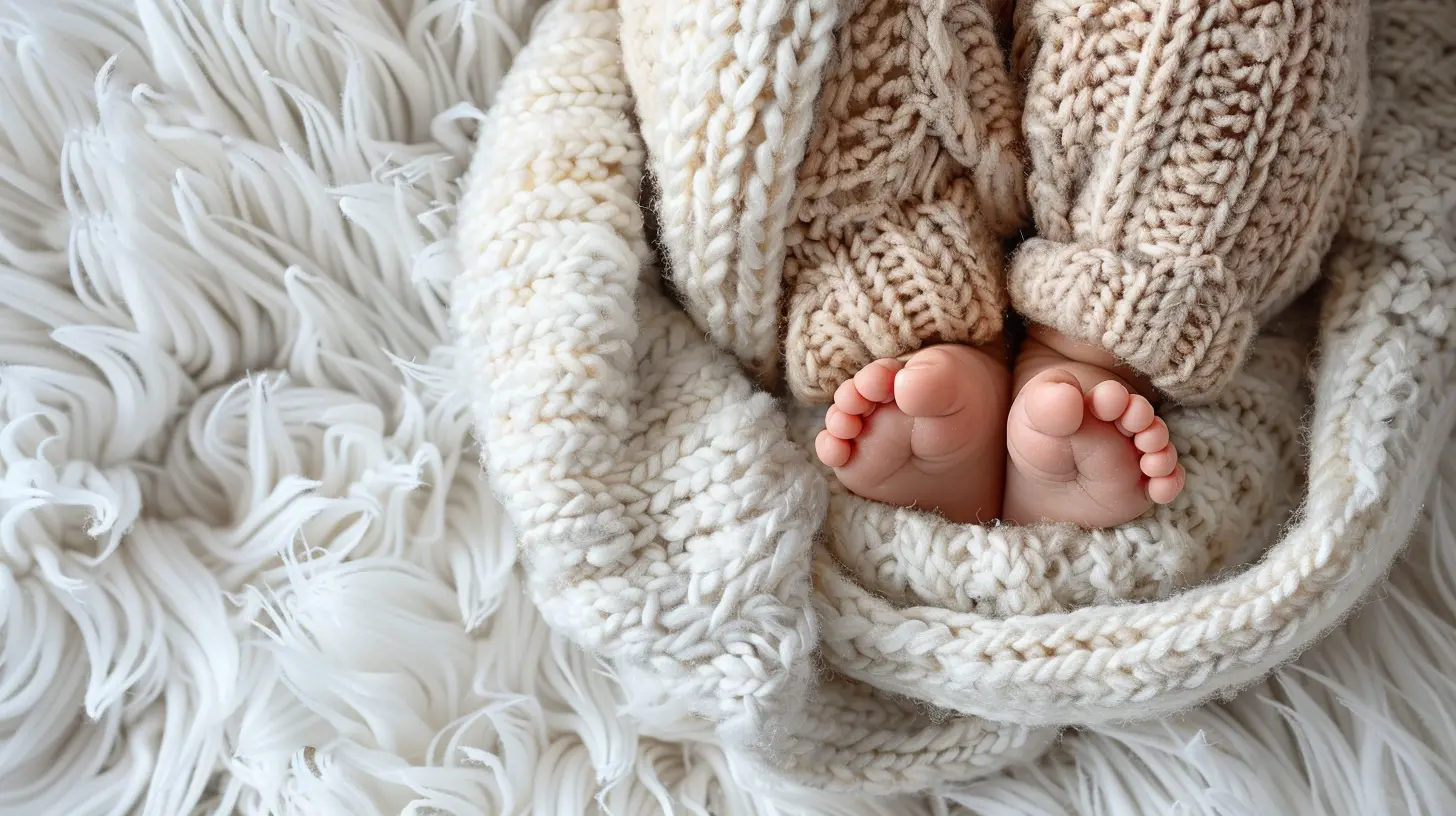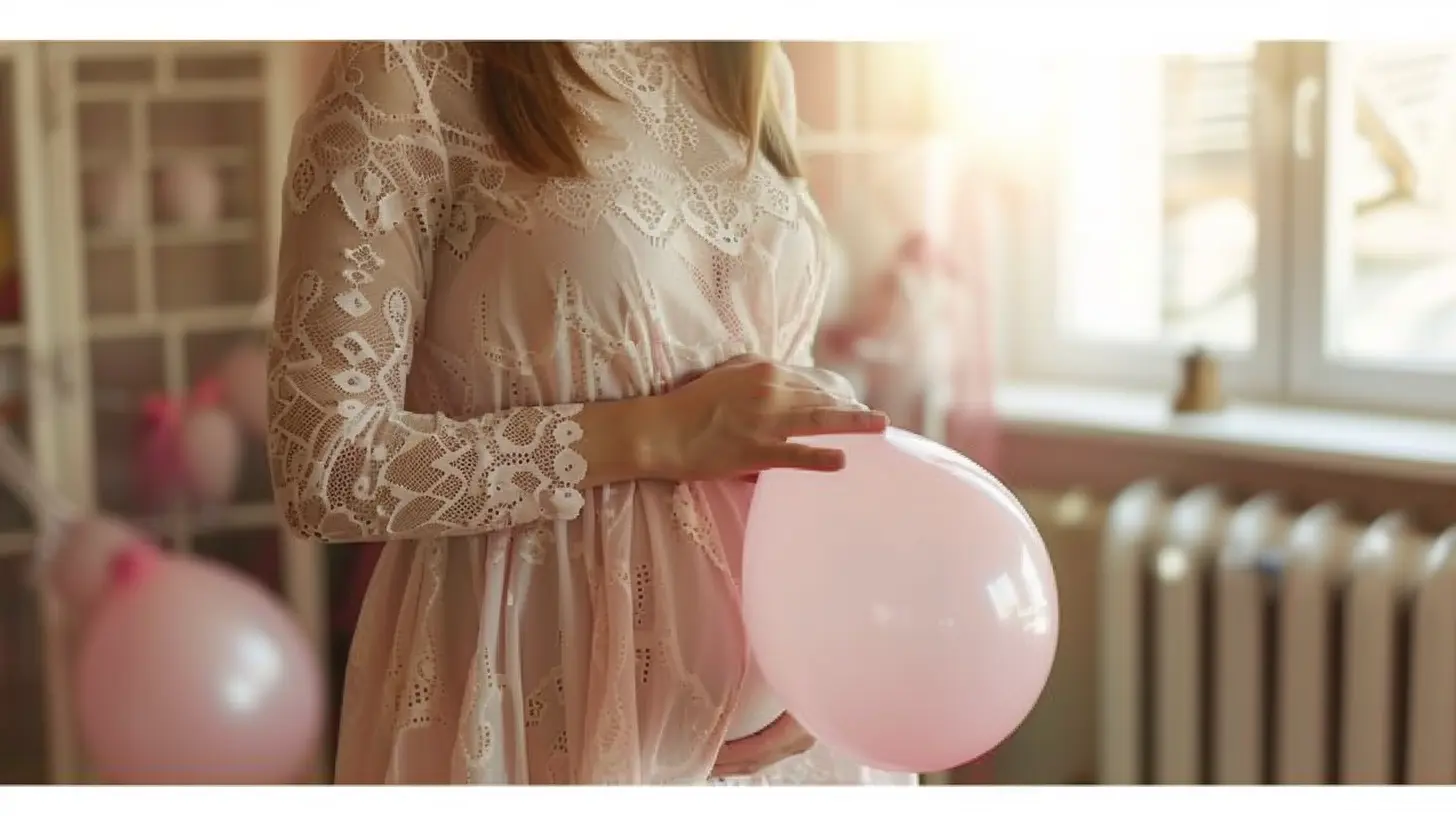Effective Approaches to Easing Postpartum Swelling and Discomfort
15 January 2025
Having a baby is a beautiful journey, but let’s be honest—it’s not all rainbows and butterflies. While you’re busy adoring your little bundle of joy, your body is likely going through a range of changes, and postpartum swelling is one of them. Those puffy ankles, sore feet, or swollen hands? Yep, totally normal. But even though it’s common, it doesn’t mean you have to suffer through it.
Whether it’s water retention, hormonal shifts, or the strain of childbirth, there are plenty of ways to ease postpartum swelling and discomfort. And don’t worry—this guide isn’t filled with complicated medical jargon. Instead, I’m going to break it all down, step by step, as if we’re just two friends chatting about life after birth. You’ve got enough on your plate already, so let’s keep it simple and practical. 
What Causes Postpartum Swelling?
Before we dive into solutions, let’s quickly unpack the “why.” Postpartum swelling (a.k.a. edema) typically happens because your body is holding onto extra fluid. Think about it—during pregnancy, your blood volume and fluids increase drastically to support your baby. After delivery, your body needs time to eliminate that excess fluid.Other culprits? Hormonal changes, IV fluids received during labor (especially with a C-section), and, let’s be honest, the physical toll childbirth takes. All of this can manifest as swollen feet, hands, face, or legs.
But here’s the good news: this swelling is temporary. It usually starts to subside within one to two weeks post-delivery, although some discomfort might linger longer. Now, let’s explore ways to help your body bounce back. 
Effective Approaches to Easing Postpartum Swelling
1. Drink Lots of Water (Seriously, Don’t Skip This)
Wait—drink MORE water to reduce swelling? I hear you—it sounds counterintuitive. But trust me, staying hydrated helps flush excess fluids from your system. When you’re dehydrated, your body tends to cling to water, making the swelling worse.Keep a water bottle handy at all times. Aim for at least 8 to 10 glasses a day, and if plain water bores you, add some lemon slices, cucumber, or mint for a little flavor boost.
2. Put Your Feet Up (Literally)
When you’re chasing after your newborn, finding time to rest can feel impossible. But elevating your feet is one of the easiest tricks to reduce swelling. Gravity is pulling all that fluid downward—so let’s fight back.Prop up your feet on pillows when you’re lying down, or rest them on a footstool while sitting. Bonus points if you can find time to lie flat with your feet above heart level. Think of it as giving your legs a mini vacation!
3. Move That Body (Even If It’s Just a Gentle Walk)
I know what you’re thinking: “Exercise? I just had a baby!” But hear me out—gentle movement can work wonders. A short walk around the block, mild stretches, or even light yoga can improve circulation and help reduce swelling.And no, you don’t need to hit the gym. Walking while holding your baby or swaying to soothing music counts, too. The key is keeping the blood flowing and avoiding long periods of sitting or standing still.
4. Compression Socks Are Your Best Friend
You might’ve seen compression socks before and thought, “Aren’t those for athletes or grandmas?” But trust me, they’re a postpartum lifesaver! Compression socks or stockings gently squeeze your legs, improving blood flow and reducing fluid buildup.Look for ones designed for postpartum use—they’re snug without being too tight. Throw them on when you’re resting, walking, or even sleeping.
5. Limit Salty Foods (I Know, Bummer)
I get it—pregnancy cravings don’t magically disappear after birth. And if you’re anything like me, salty snacks are your weakness. But here’s the thing—salt makes your body retain water, which only worsens swelling.Try to cut back on processed snacks, canned soups, and fast food for now. Instead, load up on fresh fruits, veggies, whole grains, and lean proteins. Your body (and your swollen feet) will thank you!
6. Give Yourself a Warm Epsom Salt Soak
Sometimes, self-care is as simple as soaking your feet in warm water. Epsom salt baths are known for reducing swelling and relaxing sore muscles. Plus, it feels like a mini spa day—who doesn’t need that postpartum?Fill a tub or basin with warm water, stir in a cup of Epsom salt, and soak your feet for 15-20 minutes. Add some lavender essential oil if you’re feeling fancy.
7. Massage the Swelling Away
A gentle massage can work wonders for easing fluid buildup in the body. Whether you do it yourself or rope in your partner, use firm (but not painful) strokes to massage the swollen areas.Focus on massaging toward your heart—that helps encourage fluid drainage. Better yet, consider booking a postpartum massage with a professional. It’s self-care that doubles as therapy for your body.
8. Cold Compress: Your New BFF
When the swelling feels unbearable, nothing beats the soothing relief of a cold compress. Wrap an ice pack or a bag of frozen peas in a towel, and apply it to the swollen area for 10-15 minutes.Not only does it reduce swelling, but it also numbs discomfort and gives instant relief. Think of it as a quick “chill pill” for your body.
9. Don’t Ignore Your Postpartum Checkups
If your swelling isn’t improving after a few weeks or feels excessive, don’t hesitate to reach out to your doctor. Sometimes, postpartum swelling can signal more serious conditions like preeclampsia or a blood clot.Rule of thumb? If something feels “off,” trust your gut and get it checked out. Your health matters just as much as your baby’s.
10. Patience Is Key (Frustrating, I Know)
Last but not least—be kind to yourself. Your body just performed a miracle, and healing takes time. While these tips can speed up the process, some swelling and discomfort are part of the postpartum package.Treat yourself gently, take breaks when you need them, and remember this is just a phase. You’ll feel like yourself again soon—I promise. 
When to Call a Doctor
Most postpartum swelling is harmless, but there are some red flags you should never ignore. If you notice any of the following, contact your healthcare provider ASAP:- Sudden or extreme swelling, especially in one leg
- Pain, redness, or warmth in the swollen area
- Difficulty breathing or chest pain (seek immediate help!)
- Swelling that doesn’t improve after a few weeks
Your peace of mind is priceless, so don’t hesitate to get help when you need it. 
Wrapping It Up
Let’s face it—postpartum recovery is no walk in the park. Between sleepless nights and caring for your baby, dealing with swelling can feel like just another thing to worry about. But the good news? You now have a toolkit of simple, effective strategies to ease the discomfort.Drink water, elevate those feet, and embrace the power of Epsom salts and compression socks. And above all else, give yourself grace. Your body’s been through a lot, and healing is a journey—not a sprint.
Remember, you’re doing an amazing job. Swollen ankles and all, you’ve got this!
all images in this post were generated using AI tools
Category:
Postpartum HealthAuthor:

Madeline Howard
Discussion
rate this article
10 comments
Francesca McKeehan
Thank you for sharing these invaluable tips! Every new mom deserves comfort and care during this time. Remember, it’s okay to seek support and prioritize your healing. You’ve got this!
April 1, 2025 at 2:54 AM

Madeline Howard
Thank you for your kind words! Supporting new moms is so important, and I'm glad these tips resonate. Healing is a journey, and seeking help is a key part of it.
Sloan McCaw
Congratulations on your new arrival! Remember, postpartum swelling is just your body's way of saying, "I just did something amazing!" Treat yourself to some ice packs and cozy socks—self-care is key. Here’s to feeling like yourself again, one step (and cup of tea) at a time!
February 9, 2025 at 5:11 AM

Madeline Howard
Thank you so much for the kind words and great advice! Self-care is indeed essential during this time.
Kaitlin McGinn
Embracing the postpartum journey is a testament to your strength! Remember, healing takes time and self-care is essential. Implement these effective approaches to ease swelling and discomfort, and prioritize your well-being. You are not alone—each step toward recovery is a step toward renewed vitality and joy!
January 28, 2025 at 6:09 AM

Madeline Howard
Thank you for your kind words! I completely agree—prioritizing self-care is crucial for healing during the postpartum journey.
Sylas Cruz
Postpartum swelling and discomfort are often overlooked aspects of recovery, yet they profoundly affect new mothers’ well-being. Addressing these issues with empathy and effective strategies not only eases physical burdens but also fosters emotional healing. It's essential to normalize these experiences, encouraging open conversations and support among mothers.
January 22, 2025 at 5:20 PM

Madeline Howard
Thank you for highlighting the importance of empathy and open dialogue around postpartum experiences. Your insights underscore the need for supportive approaches that address both physical and emotional well-being in new mothers.
Patrick Estes
Swelling after baby? Think of it as your body's way of wearing its own water balloon costume! Time for some pampering and gentle moves—float on, superhero mama!
January 22, 2025 at 6:04 AM

Madeline Howard
Thank you for the lighthearted perspective! Embracing this journey with self-care and gentle movement can truly make a difference.
Mia Wilkins
Postpartum swelling and discomfort are common yet often overlooked challenges for new mothers. Emphasizing holistic approaches—such as gentle movement, hydration, and nutrient-rich foods—can significantly aid recovery. Prioritizing self-care, along with support, empowers women to navigate this transformative period more comfortably and confidently.
January 21, 2025 at 4:40 AM

Madeline Howard
Thank you for highlighting the importance of holistic approaches to postpartum recovery. Your insights into self-care and support are crucial for empowering new mothers during this transformative time.
Nina McLaury
Postpartum recovery is unique for every mother. Prioritizing rest, hydration, and gentle movement can transform discomfort into healing, fostering both physical and emotional well-being.
January 20, 2025 at 5:28 PM

Madeline Howard
Thank you for highlighting the importance of individualized postpartum care! Prioritizing self-care is essential for healing and well-being.
Emmeline Smith
Embrace self-care; your healing journey deserves unapologetic attention and compassion!
January 16, 2025 at 5:32 AM

Madeline Howard
Thank you for your thoughtful reminder! Prioritizing self-care is essential in the postpartum journey, and I truly appreciate your support.
Zachary McDowell
This article effectively highlights practical strategies for alleviating postpartum swelling and discomfort. Emphasizing hydration, gentle exercise, and proper nutrition offers a holistic approach. Additionally, the inclusion of self-care tips empowers new mothers to prioritize their recovery, fostering both physical and emotional well-being.
January 15, 2025 at 5:22 PM

Madeline Howard
Thank you for your thoughtful feedback! I'm glad you found the strategies helpful and empowering for new mothers. Your insights on the holistic approach are much appreciated!
Faelan McCarron
Thank you for sharing these valuable insights on postpartum care! The practical tips offered will undoubtedly help many new mothers find relief during this challenging time. Your expertise is greatly appreciated!
January 15, 2025 at 5:50 AM

Madeline Howard
Thank you for your kind words! I'm glad you found the tips helpful for new mothers. Your support means a lot!
MORE POSTS

The Connection Between Adrenal Fatigue and Hormonal Imbalance

Mastering Full-Body Workouts for Maximum Efficiency

The Best Smoothies to Promote Gut Health

How the Liver Impacts Hormonal Balance and What You Can Do

Understanding the Role of Estrogen in Women's Health

Cross-Contamination: What It Is and How to Avoid It

The Link Between Gut Health and Postpartum Wellbeing